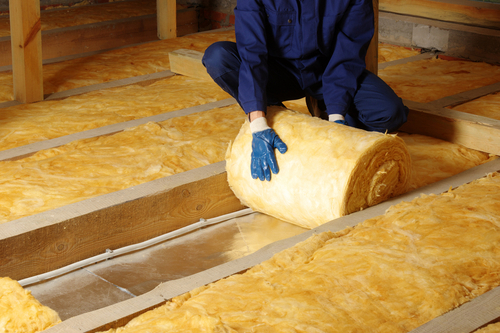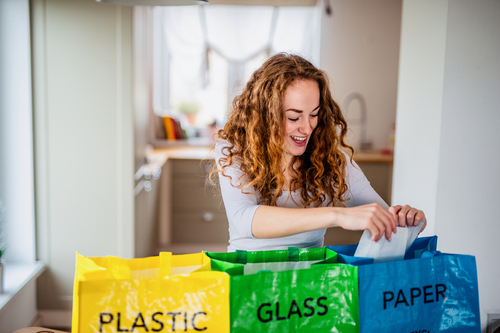Climate change is a complex issue, and it might often seem that a slight change in your actions can’t make any difference.
While it’s true that large corporations are the ones who need to reconsider their actions, every small help and effort counts.
If you’re striving to improve your carbon footprint and make your home better for the environment, there are some easy steps that you can take. Of course, you can make minor changes to your lifestyle and integrate them into your daily activities. But you can also make some changes to your home to make the building more sustainable. Here are home improvements that will help you to decrease your carbon footprint.
Install A Smart Home Charger For Your Electric Car
The transportation industry is one of the main contributors to climate change. If you’d like to make your travels greener, you might want to consider investing in an electric car. But once you decide on such a purchase, you need to think about where you can charge the vehicle when required. Charging an electric car isn’t difficult, but you should learn as much information as possible if you are a first-time buyer. In that case, LV ElextriX guide to charging electric cars can help you learn all you need before proceeding with the purchase. Once you decide on getting the vehicle, consider installing a smart home charger. That way, you’ll be able to charge the car anytime you need, reduce your travel-related expenses and do something good for the environment.
Ensure That Your Home Is Well Insulated

Poorly insulated homes tend to have a more significant carbon footprint. When your home isn’t well-insulated, it takes much longer to make the temperature in the building pleasant, and your bills will get even higher because you need to use more energy. All the energy you use then changes into CO2 emissions and affects the environment negatively. To make your home more sustainable, consider improving the building’s efficiency with better insulation. These days, there are also many natural and recycled materials that you can use during the insulation process, such as sheep’s wool or cellulose. While insulating lofts and cavity walls don’t need to be difficult, you should be extremely careful when adding insulation to solid walls.
Place LED Lightbulbs Throughout The Building
Home improvements that are meant to make your abode more sustainable don’t need to be extensive. In fact, even such a small step as changing regular lightbulbs for their LED version can have a significant impact. Any energy that you use in your home makes your carbon footprint bigger. But with LED lightbulbs, you’ll be able to decrease your electricity usage. With such a benefit, you’ll take a step towards combating climate change and save some money on your energy bills at the same time. There used to be some prejudice regarding the technology, but these days, LED lightbulbs are highly reliable. You can get an astounding amount of light and won’t need to change the lightbulb for at least a few years.
Draught Proof Your Home
You can easily make your home more sustainable even on a tighter budget, and draught proofing is one of the projects that can help you to achieve that without breaking the bank. In short, it means you fill all the gaps you find around the house. These gaps can often appear around windows, doors, chimneys or floorboards and let in cold air from outside. Then, it might take much longer to get your home to the desired temperature during the colder months, and your bills could increase even more. By filling all the gaps throughout your home, you’ll be able to make the building warm much faster and cut down your electricity usage. Using less energy will help you to decrease your carbon footprint, and you might save some pounds on your energy bill.
Reduce Your Household Waste

“Reduce, reuse and recycle” is one of the common phrases you hear when discussing combating climate change, and it has its merit. Any product you buy has a carbon footprint that can add up quickly. So, one way of reducing the overall carbon footprint of your household is by buying fewer things. Then, you’ll need to deal with much less waste and decrease your damage to the environment. On the other hand, the principle of reusing what you already have can provide you with an excellent opportunity to start a home improvement project. If you have some piece of furniture that lost its purpose, you can easily give it a new life and create something exciting for your home. And finally, you should recycle as much as possible. Whether it’s plastic, paper or cardboard, you should ensure that such materials end up in the correct bin. When unsure, check the information on the packaging and ensure everything is clean before ending up in the bin.





